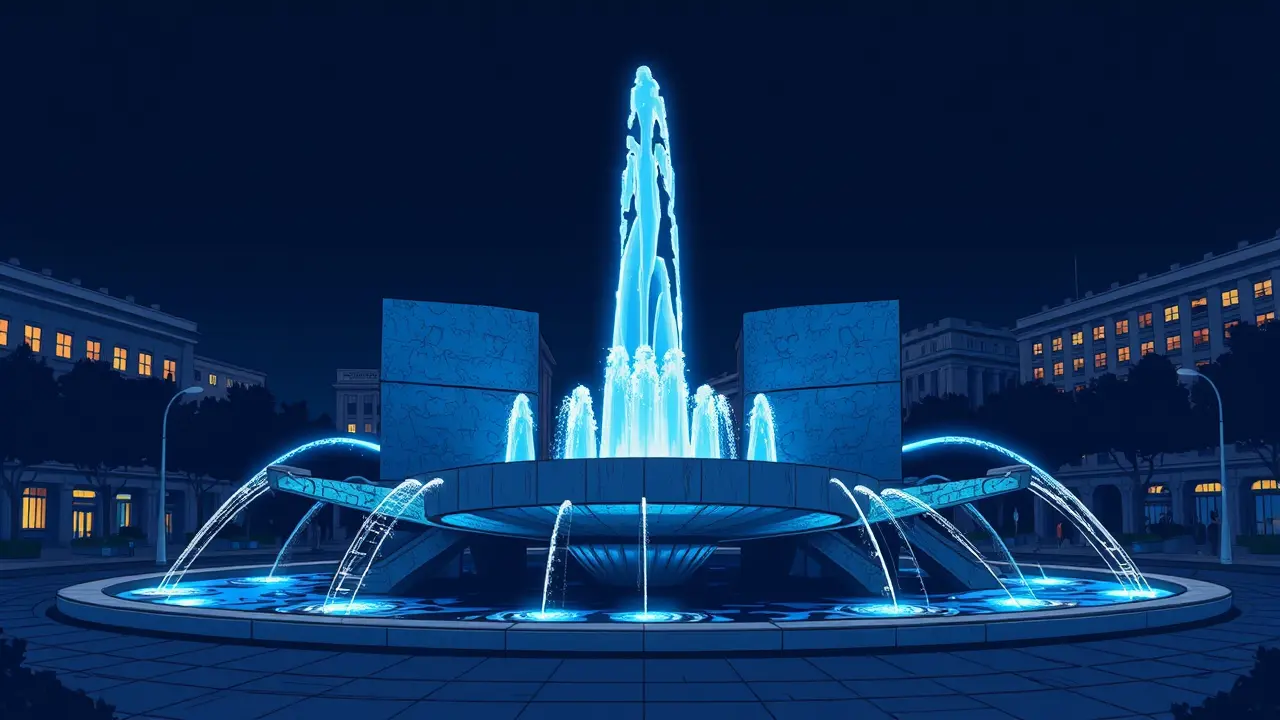
Entertainmenttheatre & artsArt Exhibitions
San Francisco's Controversial Brutalist Fountain Faces Removal
AN
Andrew Blake
9 hours ago7 min read4 comments
The potential removal of San Francisco's Vaillancourt Fountain, a quintessential and divisive example of Brutalist architecture, is more than just a local preservation squabble; it’s a microcosm of a global urban identity crisis playing out from London to Boston. Situated in Justin Herman Plaza with its stark, geometric forms of raw, board-formed concrete, the fountain has been a civic Rorschach test since its completion in 1971.To its detractors, including a long line of mayors and citizens who’ve labeled it an eyesore, the structure embodies the worst of an architectural movement often criticized as inhuman, cold, and aggressively uninviting—a sentiment famously echoed when then-Mayor Dianne Feinstein reportedly described it as the city’s “biggest mistake. ” Yet, to its defenders, including the artist Armand Vaillancourt himself and a cohort of architectural historians, the fountain is a powerful, unapologetic statement of its era, a monumental public artwork that represents a specific moment of ambitious, if contentious, civic investment.The debate over its fate forces a city perpetually wrestling with its own soul to answer a difficult question: does preserving an artifact of a disliked architectural period honor a full and honest history, or does it merely enshrine a past mistake? The controversy is layered with practical concerns, as the fountain has been non-operational for years, its infrastructure failing and maintenance costs reportedly prohibitive, leading the San Francisco Recreation and Parks Department to recommend decommissioning and removal. This isn't merely about concrete and water pumps; it's about the lifecycle of public art in a city where real estate is fiercely contested.What replaces the fountain, if anything, will speak volumes about San Francisco's contemporary values—will it be a safer, more aesthetically palatable green space, a new commissioned piece from a digital-age artist, or simply a vacant plot awaiting the next wave of development? The conversation echoes similar battles over Brutalist landmarks worldwide, from the eventual preservation of Boston City Hall to the demolition of London's Robin Hood Gardens, each case study offering a lesson in the fickle nature of public taste and the long, slow journey some artworks must take from reviled to revered. The fountain’s potential disappearance raises profound questions about who gets to decide a city's visual narrative and how we collectively manage the artistic legacy of complex, unpopular periods.As one urban planner not involved in the decision noted, 'We often tear down what we don't understand, only to spend fortunes decades later recreating a lost sense of authenticity. The friction this fountain causes is part of its value; it makes people feel something, and in an increasingly homogenized urban landscape, that is a rare and powerful thing. ' The final decision will ultimately reveal whether San Francisco views its controversial fountain as a burden to be shed or a challenging, integral chapter of its story to be conserved, warts and all.
#featured
#Vaillancourt Fountain
#San Francisco
#Brutalist sculpture
#removal
#controversy
#public art
Stay Informed. Act Smarter.
Get weekly highlights, major headlines, and expert insights — then put your knowledge to work in our live prediction markets.
© 2025 Outpoll Service LTD. All rights reserved.